(Cross-posted from Daily Kos)
Although many of us would like the presidential primary to be over sooner rather than later, it doesn’t appear that Hillary Clinton will withdraw from the race before Montana and South Dakota – the last two states to vote – have had their say on June 3rd. With that being said, I’d like to post my projections of what will happen in the last 8 states to vote. In the next couple of weeks, I will go about chronicling each district in each state and my reasoning behind my apportionment of delegates. All of my delegate numbers are based on the allocations that appear at The Green Papers. Furthermore, as I have no idea what may occur in Guam or Puerto Rico (or have accurate numbers on delegate apportionment in Puerto Rico; TGP is missing some districts, it appears), I won’t venture guesses as to their results.
So below, please find my preliminary estimates for delegate apportionment, followed by a conclusion of where the delegate numbers will stand at the end of the voting season. Note that all of my estimates may change in my state-by-state analysis, as this is something of an incomplete analysis as of now.
Pennsylvania (April 22nd, 158 pledged delegates)
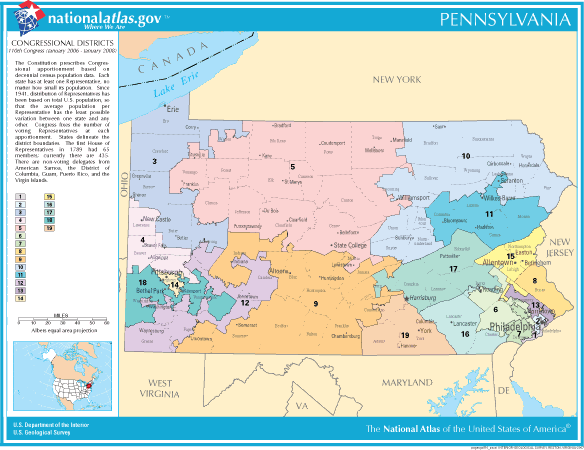
Pennsylvania is the biggest state left to award delegates to be up next. While recent polling has shown a recent upward trend for Obama, I still am pessimistic about his chances to close the gap. Polls in Ohio became favorable towards Obama – the best state to look at in terms of comparison – and he still lost by 10%. Clinton will win the state on her strength in western, southern, and northeastern PA.
Preliminary Estimate
Hillary Clinton: 56%, 87 pledged delegates
Barack Obama: 44%, 71 pledged delegates
Indiana (May 6th, 72 pledged delegates)
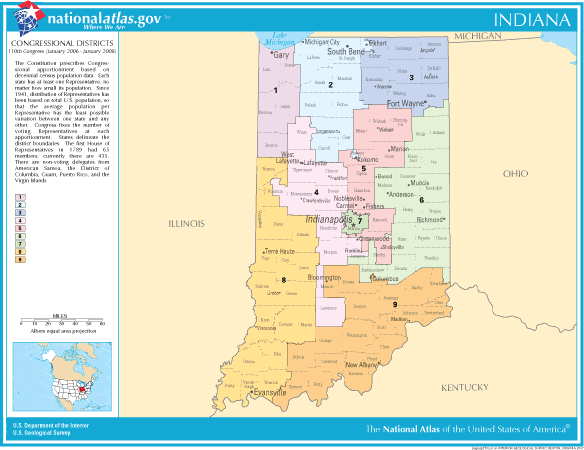
Indiana is being seen as a true battleground state: on the one hand, it borders Obama’s home state of Illinois; to date, he has won every state that borders it. On the other hand, it has a great deal of the same working-class white population that has been a part of Clinton’s base, particularly in Ohio. The only recent poll, done by SurveyUSA, puts Clinton on top 52-43. She has the backing of Sen. Evan Bayh, and Bill Clinton has been putting a lot of time into the state. Obama has a lot of ground to make up, but I don’t think the final results will differ much from the SUSA poll. Clinton will win the popular vote in the high single digits, but she won’t net many delegates from her victory.
Preliminary Estimate
Hillary Clinton: 54%, 38 pledged delegates
Barack Obama: 46%, 34 pledged delegates
North Carolina (May 6th, 115 pledged delegates)
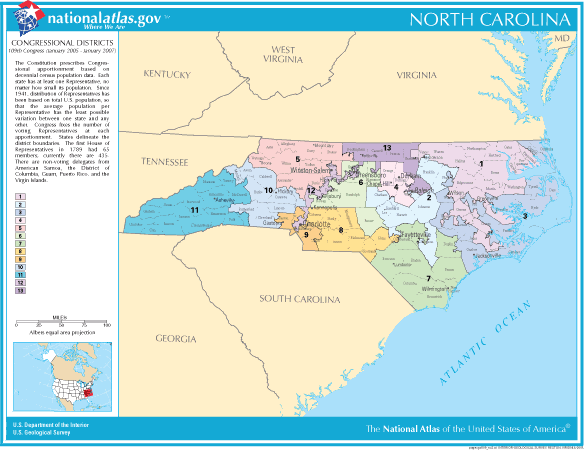
North Carolina is proving to be friendly territory for Obama; in all recent polling, he is up by a healthy double-digit margin. The two states North Carolina is sandwiched between, Virginia and South Carolina, both gave Obama nearly 30% victories over Clinton. Count on Obama winning this state handily by running up the margins in the cities and in ‘The Triangle’. His net delegate take over Clinton will be slightly less than South Carolina because of the western part of the state, which is demographically friendly territory for Clinton.
Preliminary Estimate
Barack Obama: 58%, 63 pledged delegates
Hillary Clinton: 42%, 52 pledged delegates
West Virginia (May 13th, 28 pledged delegates)
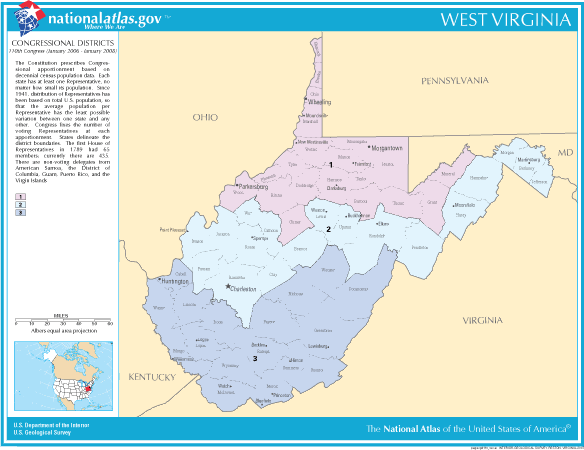
It’s no secret that Obama has had notable trouble in the areas associated with Appalachia; he lost southeast Ohio and northeast Tennessee by exceedingly large margins. West Virginia is Appalachia personified, and even if he campaigns more in the state, this will be the state that gives Clinton only her second victory in which she gets more than 60% of the vote. While Sen. Jay Rockefeller and Rep. Nick Rahall have endorsed Obama, it probably won’t be enough to even come close in the popular vote.
Preliminary Estimate
Hillary Clinton: 65%, 19 pledged delegates
Barack Obama: 35%, 9 pledged delegates
Kentucky (May 20th, 51 pledged delegates)
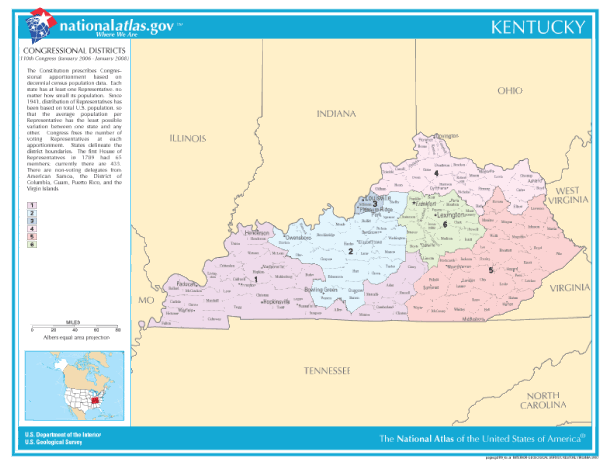
Kentucky is similar to West Virginia: both states are demographically friendly towards Clinton and have a large base of white working-class voters. Obama has earned the endorsement of freshman Rep. John Yarmouth, but again, it will likely do him no good. Clinton has a substantial advantage in every district except for the 3rd CD, which Obama may be able to fight to a delegate draw. This will be the third (and last) state to give Clinton over 60% of the popular vote. SurveyUSA shows the current breakdown to be 58%-29% in favor of Clinton.
Preliminary Estimate
Hillary Clinton: 62%, 33 pledged delegates
Barack Obama: 38%, 18 pledged delegates
Oregon (May 20th, 52 pledged delegates)
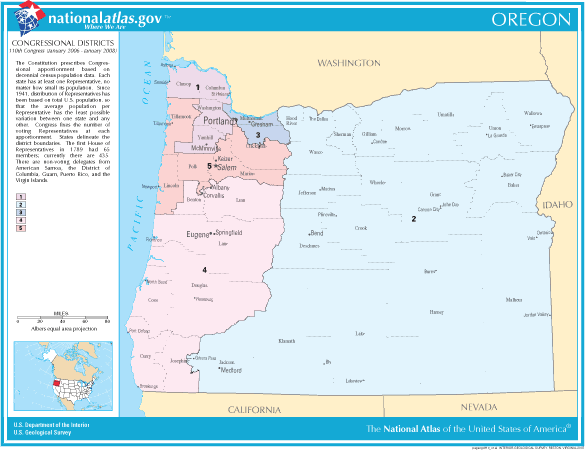
The Northwest has been very friendly territory for Obama. The closest proxy for Oregon, Washington, went to Obama by an exceedingly large margin. That being said, it’s difficult to project the results because of the fact that Washington – along with almost all of the surrounding states in the Mountain West – have held caucuses, not primaries. While Washington’s February 19th primary was non-binding for Democrats, it showed a much closer result – Obama came ahead by about 5.5%. However, turnout was probably down because of its non-binding status and can really only be used as one barometer. With no polling available, I’m going to conservatively estimate that Obama will win the state by low double digits. The question is not if Obama will win, but by how much.
Preliminary Estimate
Barack Obama: 55%, 30 pledged delegates
Hillary Clinton: 45%, 22 pledged delegates
Montana (June 3rd, 16 pledged delegates)

Montana has been friendly ground recently for Democrats; its governor (Brian Schweitzer) and both senators (Max Baucus and Jon Tester) are Democrats. As noted earlier, Obama has shown considerable strength in the Mountain West and should therefore be expected to take the state by the wide margin. Because of a quirk in Montana’s delegate apportionment (its 10 delegates awarded by congressional district will be split into two groups of 5, with the geography based on when the state had 2 CDs), Obama will be able to come out of the state with an extra pledged delegate.
Preliminary Estimate
Barack Obama: 60%, 9 pledged delegates
Hillary Clinton: 40%, 7 pledged delegates
South Dakota (June 3rd, 15 pledged delegates)
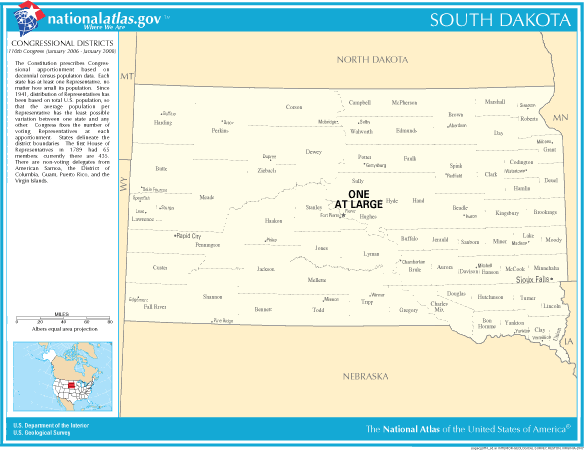
Similarly, Obama has shown great strength in the Plains region and should win the South Dakota contest handily as well. He has the backing of the major Democratic players in the state – Rep. Stephanie Herseth-Sandlin (SD-AL), Sen. Tim Johnson, and former Senate Majority Leader Tom Daschle. If Obama breaks 62.5% of the vote, he could net out 2 more delegates from my projected results – but I don’t see it happening as of now.
Preliminary Estimate
Barack Obama: 60%, 8 pledged delegates
Hillary Clinton: 40%, 7 pledged delegates
Conclusion
Going off the numbers calculated by the Obama campaign’s pledged delegate tracker, Obama currently leads Clinton 1,419-1,250 – a margin of 169 pledged delegates. My calculations above for the last 8 states net Clinton a total of 23 delegates (265 for her, compared with 242 for Obama). This would bring down Obama’s lead to 146 pledged delegates, 1,661-1,515. Using the numbers from DemConWatch, Obama’s lead shrinks to 116 delegates total.
This would leave the delegate count as follows:
Preliminary Estimate (w/o superdelegates)
Barack Obama: 1,661 pledged delegates
Hillary Clinton: 1,515 pledged delegatesPreliminary Estimate (w/superdelegates, per DemConWatch)
Barack Obama: 1,877 total delegates
Hillary Clinton: 1,761 total delegatesAll above numbers do not include Florida or Michigan.
Given that it appears some sort of compromise is being worked out between the DNC and the two states that broke the rules (Florida and Michigan), the margin may shrink even more. However, it’s a virtual certainty that Obama will end the primary season with a lead substantially over 100 pledged delegates (not counting Florida and Michigan). Furthermore, superdelegates have been endorsing Obama at a much faster pace than Clinton; her current advantage of 30 will likely shrink even further in the upcoming weeks and may disappear completely.
At this point, Clinton’s only hope of overtaking Obama in the delegate count is to have Florida and Michigan seated as is – a circumstance that is highly unlikely. The fact that both states will have representation on the Credentials Committee boosts her chances, but it’s more likely than not that this will not improve her chances. It’s telling that her latest campaign email (check your inboxes) calls for taking action to make sure Florida and Michigan ‘have a voice’. They know that it is their only chance…and it’s one that is likely to fail.
With Howard Dean, Nancy Pelosi, and Harry Reid agreeing that something should be worked out by July 1st at the latest, it’s unlikely that a convention floor fight will result. Barack Obama is virtually certain to be our nominee.




